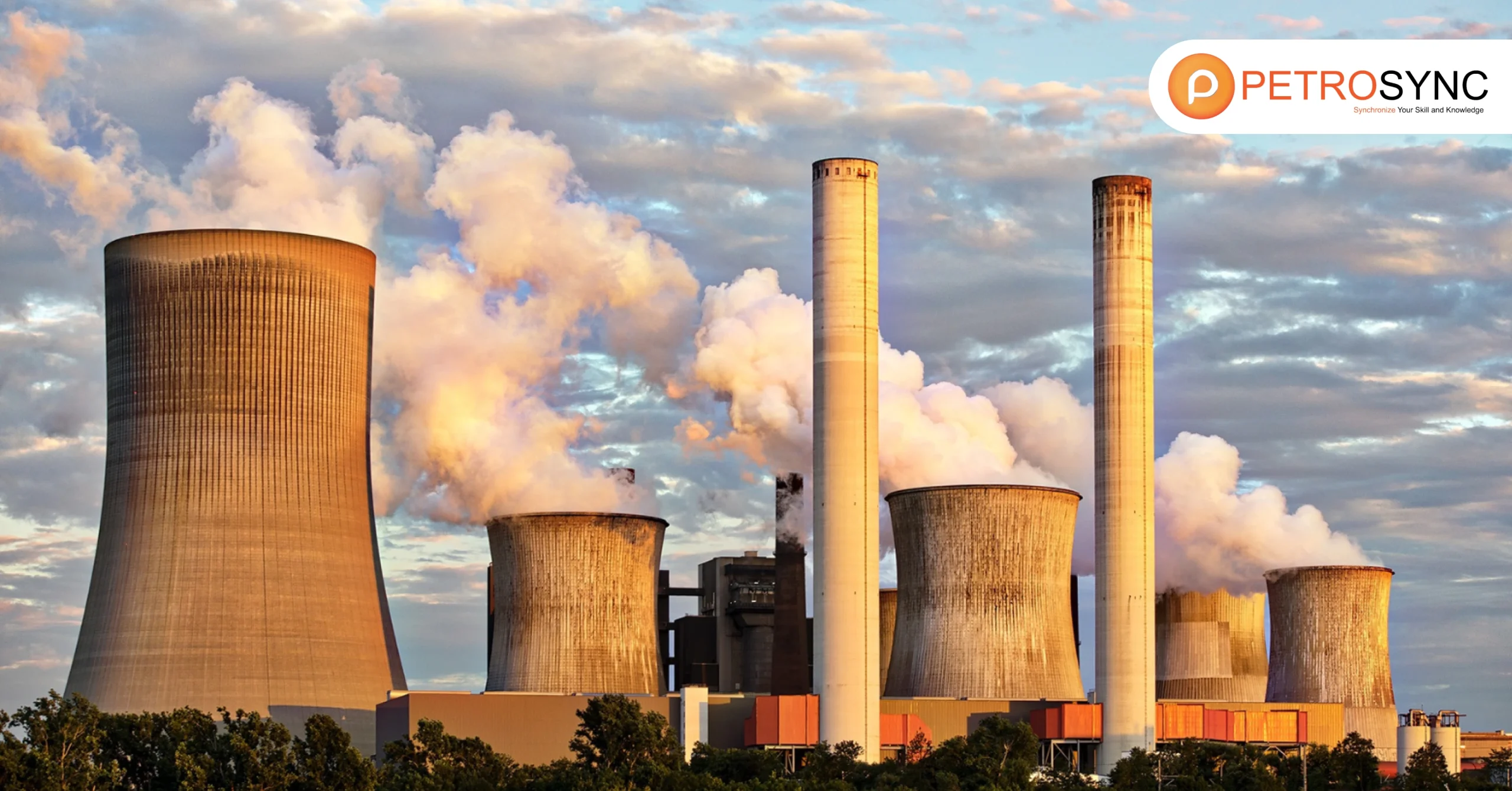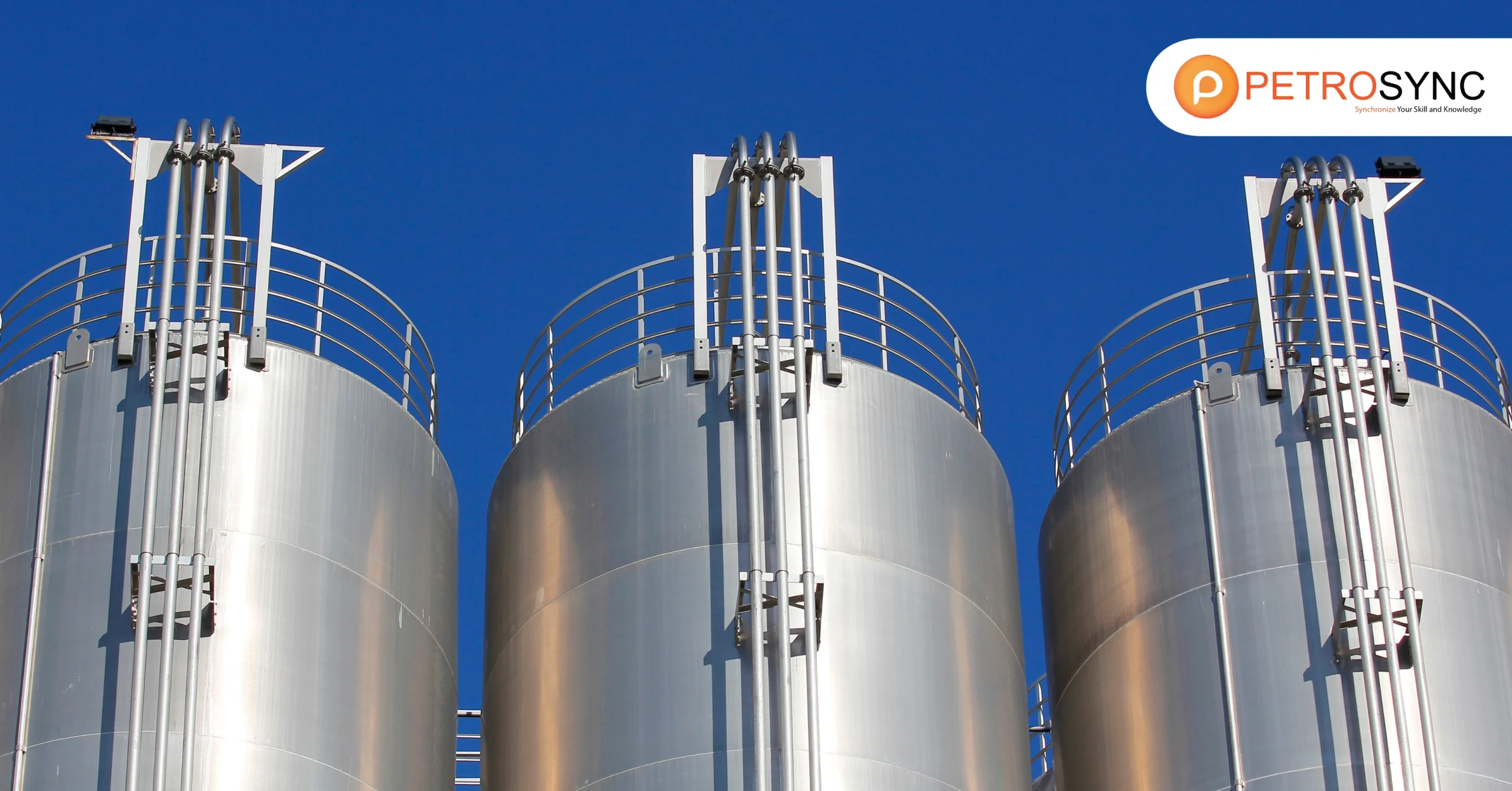As we delve into the exploration of Instrumented Protective Function (IPF), it’s crucial to set the stage by understanding its vital role in industrial settings. IPF goes beyond basic safety measures, aiming to protect not only people but also assets and the environment. Read on to uncover the IPF’s significance in managing assets, emphasizing its role in ensuring safety, reducing risks, and enhancing overall operational excellence in industrial facilities.
What Is Instrumented Protective Function (IPF)?
An Instrumented Protective Function (IPF) is a safety system designed to automatically detect and respond to potential hazards in industrial processes, forming a “control loop” that is utilized for a safety purpose. It involves the use of instruments and technology to monitor specific conditions and, when necessary, initiate protective actions to prevent or mitigate adverse events.
The primary purpose of an IPF is to enhance safety by quickly and accurately identifying abnormal situations and triggering the appropriate safeguards, such as shutting down equipment or activating emergency measures. IPFs play a crucial role in industrial settings, particularly in sectors where the potential for hazardous events exists, ensuring a rapid and reliable response to protect personnel, the environment, and assets.
What Is The Difference between Instrumented Protective Function (IPF) and Safety Instrumented Functions (SIF)?
The difference between Instrumented Protective Function (IPF) and Safety Instrumented Function (SIF) lies in their scope and purpose within industrial processes. The term Safety Instrumented Function (SIF) is defined by the IEC 61511 standard and is more specific, focusing on functions designed explicitly for safety-related purposes.
On the other hand, IPF is a broader concept that encompasses protective functions, not limited to safety alone. IPF includes functions that aim to protect assets or the environment, extending beyond safety-related concerns. It’s important to note that while all SIF are considered IPF, not all IPF are necessarily Safety Instrumented Functions.
What Is The Difference between Safety Instrumented Functions (SIF) and Safety Instrumented System (SIS)?
A Safety Instrumented System (SIS) is a comprehensive framework that includes various elements designed to manage and mitigate risks within industrial processes. It is a combination of one or more Safety Instrumented Functions (SIFs), encompassing hardware, software, and human elements to ensure the safety of a system or process.
The SIS is responsible for monitoring, detecting, and responding to potentially hazardous conditions. It consists of sensors, logic solvers, final elements (actuators), and other components working together to maintain a safe operational state. Safety Instrumented Functions within the SIS are specific actions or responses dedicated to addressing individual hazards or risks, collectively contributing to the overall safety strategy implemented by the system.
What Is The Benefit of Having IPF?
Implementing Instrumented Protective Functions (IPF) in the industry offers several benefits, contributing to enhanced safety, reliability, and overall operational efficiency. Here are key subtopics outlining the advantages of having IPF
1. Enhanced Safety
IPF significantly improves safety within industrial processes by providing an additional layer of protection. These functions are designed to identify and respond to potential hazards or abnormal conditions swiftly. By incorporating IPF, industries can mitigate risks associated with equipment failures, process deviations, or other unforeseen events that could pose safety threats to personnel and assets.
2. Risk Reduction
The systematic approach of IPF aids in the reduction of overall risks within industrial operations. By actively monitoring and responding to potential risks, IPF helps prevent accidents or incidents that could lead to catastrophic consequences. This proactive risk management approach minimizes the likelihood of major incidents, protecting both personnel and valuable assets.
3. Asset Protection
IPF plays a crucial role in safeguarding assets within industrial facilities. Whether it’s protecting equipment from malfunctions, preventing environmental damage, or ensuring the longevity of critical components, IPF contributes to the overall protection and preservation of valuable assets. This not only avoids costly repairs and replacements but also ensures the sustained functionality of essential machinery.
4. Environmental Stewardship
Beyond safety and asset protection, IPF also supports environmental stewardship. By incorporating protective functions that prevent spills, emissions, or other environmental hazards, industries can align their operations with sustainable practices.
5. Operational Continuity
IPF contributes to the continuous and reliable operation of industrial processes. Through real-time monitoring and immediate response capabilities, these functions help maintain process stability. By avoiding unplanned shutdowns or disruptions, IPF ensures operational continuity, minimizing downtime and optimizing overall production efficiency.
In summary, the implementation of Instrumented Protective Functions in the industry goes beyond safety enhancements. It serves as a comprehensive strategy for risk reduction, asset protection, environmental responsibility, and the uninterrupted operation of industrial processes.
What Is The Benefit of Having IPF?
The Instrumented Protective Function (IPF) plays a crucial role in asset management by serving as a dedicated mechanism for safeguarding assets within an industrial facility. It functions as a control loop designed for safety purposes, providing a protective layer for assets, the environment, and personnel.
The IPF is integrated into the overall safety strategy of an organization, ensuring that protective functions are in place to prevent or mitigate potential hazards. It goes beyond safety-related functions, extending its protective capabilities to assets and the environment.
The IPF contributes to the reliability and integrity of assets, supporting the overarching goals of asset management by enhancing safety, minimizing risks, and preserving the operational effectiveness of critical systems. In essence, the IPF is a key component in the comprehensive approach to managing and preserving the integrity of assets throughout their lifecycle.
In conclusion, understanding the Instrumented Protective Function (IPF) is paramount in the field of asset management. The IPF serves as a fundamental component in ensuring the safety, reliability, and integrity of assets within industrial facilities. Its role extends beyond safety-related functions, encompassing protective measures for both assets and the environment.
Recognizing the pivotal role of asset management in industrial environments, it is essential to acquire expertise in relevant standards and practices. We recommend you exploring PetroSync‘s ISO 55000 training, providing a valuable opportunity to enhance your knowledge and skills in asset management, including essential concepts.
PetroSync’s comprehensive course offer a practical and hands-on approach, ensuring you are well-prepared to navigate the complexities of asset management in today’s industrial landscape. Invest in your professional development by enrolling in PetroSync’s ISO 55000 training program and elevate your capabilities with PetroSync!
Credit: Freepik

SEO specialist by day, fact-checker by night. An avid reader and content writer dedicated to delivering accurate and engaging articles through research and credible sources.






